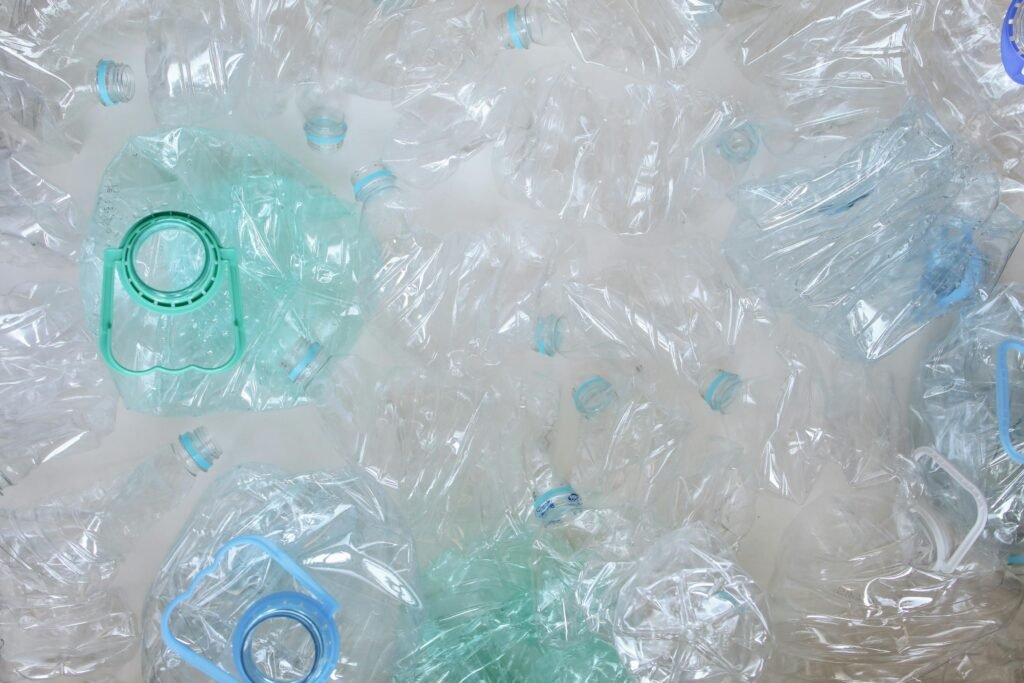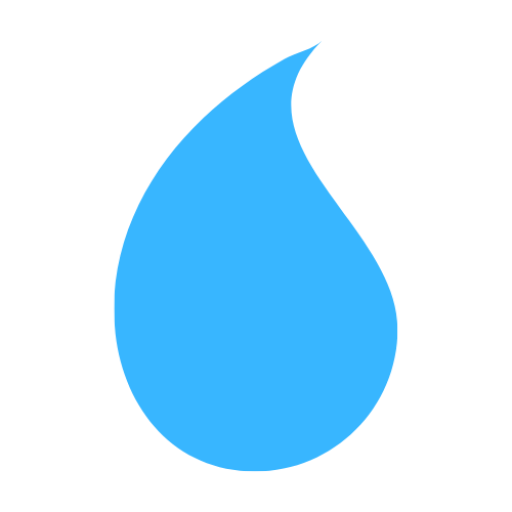Understanding where beverage growth is fastest is essential for anyone involved in the global drinks market, from established producers and emerging craft brands to suppliers of equipment, packaging, and raw materials. The beverage industry is one of the most dynamic segments of consumer goods, driven by shifting lifestyles, health trends, sustainability concerns, and disposable income levels. But this growth is not evenly distributed; some regions are expanding at breakneck speed while others are slowing down due to market saturation or changing demographics. Identifying where beverage growth is fastest allows businesses to anticipate demand, allocate resources efficiently, and secure a stronger competitive advantage.
A key driver of regional differences lies in consumer preferences. In many developing economies, rising middle classes are fueling higher consumption of soft drinks, bottled water, juices, and alcoholic beverages, while in more mature markets, consumers are shifting toward premium, functional, and low-sugar alternatives. This creates opportunities for both global players and niche brands that can adapt to evolving expectations. Companies that understand where beverage growth is fastest can tailor their product portfolios, marketing strategies, and distribution networks to capture these opportunities.
Another critical factor is infrastructure development. Markets with expanding retail channels, stronger cold-chain logistics, and improved distribution networks tend to accelerate beverage adoption, particularly for perishable or premium categories like dairy-based drinks, fresh juices, or ready-to-drink teas. Suppliers of processing machinery, bottling equipment, and consumables must closely track these developments. By analyzing where beverage growth is fastest, equipment manufacturers and consultants can position themselves as strategic partners to producers who are scaling operations in these regions.
Government policy and regulation also shape the industry landscape. Taxation on sugary drinks, environmental rules on packaging, and health labeling requirements can slow growth in one market while fueling innovation in another. For example, in countries with strict sustainability targets, beverages packaged in recyclable or lightweight materials may capture market share more rapidly. For investors and decision-makers, being aware of where beverage growth is fastest also means understanding the regulatory frameworks that either enable or hinder expansion.
Finally, cultural factors cannot be overlooked. Beverages often carry deep cultural significance, influencing both consumption habits and branding strategies. For instance, markets with younger demographics may be more receptive to energy drinks or flavored waters, while regions with traditional alcohol consumption patterns may see spirits or wine categories surge. Knowing where beverage growth is fastest therefore requires a nuanced perspective that goes beyond numbers, taking into account the cultural, economic, and regulatory context of each region.
By recognizing these dynamics, businesses can better align their long-term strategies with emerging opportunities. The beverage industry will continue to grow globally, but the companies that succeed are those that identify and act on where beverage growth is fastest today.
Why Regional Demand Matters
The demand for beverages isn’t growing evenly across the world. Consumer habits, economic development, climate, and infrastructure investments all play a role in shaping local markets. Whether you manufacture bottling equipment or supply consumables like caps and labels, aligning with high-growth regions can significantly increase ROI.
Top Regions Where Beverage Growth Is Fastest
Southeast Asia: Functional & Ready-to-Drink Beverages
Countries like Vietnam, Indonesia, and the Philippines are seeing a surge in health-conscious consumers. The demand for plant-based drinks, energy boosters, and RTD coffee/tea is creating new opportunities for bottling lines, aseptic filling machines, and sustainable packaging.
Sub-Saharan Africa: Water Bottling & Affordable Soft Drinks
The increasing urban population and limited access to clean water have created a boom in bottled water production. Low-cost PET lines and compact bottling solutions are in high demand.
Middle East: Premium Juices & Energy Drinks
With a growing young population and a shift away from sugary sodas, countries like Saudi Arabia and the UAE are investing in premium non-alcoholic beverages. Trends include cold-pressed juices, energy drinks, and sparkling water.
Latin America: Local Brands Scaling Fast
Mexico, Brazil, and Colombia are seeing a rise in independent beverage brands needing scalable bottling solutions. Demand is strong for mid-capacity bottling lines, labeling machines, and flexible packaging systems.

What It Means for Equipment & Consumables Suppliers
If you’re a supplier of bottling machines, labeling systems, closures, or additives, understanding these regional trends can help you:
Partner with fast-growing brands before they scale
Target the right markets with localized sales strategies
Adapt your offering to local regulations and packaging needs
How to Track Regional Demand Trends
Use Google Trends and Keyword Planner to explore regional searches
Analyze your website data: where are your leads coming from?
Subscribe to industry reports focused on global beverage trends
Collaborate with marketplaces or platforms that monitor supplier-consumer interest
Final Thought: Follow Demand, Not Just Supply
If you base your investment decisions only on what producers are selling today, you may miss tomorrow’s opportunities. Instead, follow what people are actively searching for — because demand creates the market.
Whether you’re a beverage equipment manufacturer, a brand consultant, or a supplier of consumables, staying ahead means watching the regions that are thirsty for growth.

